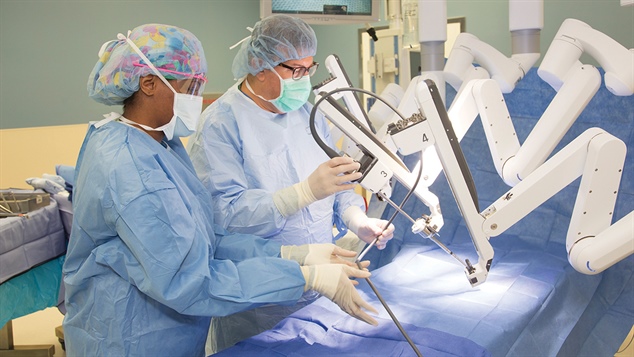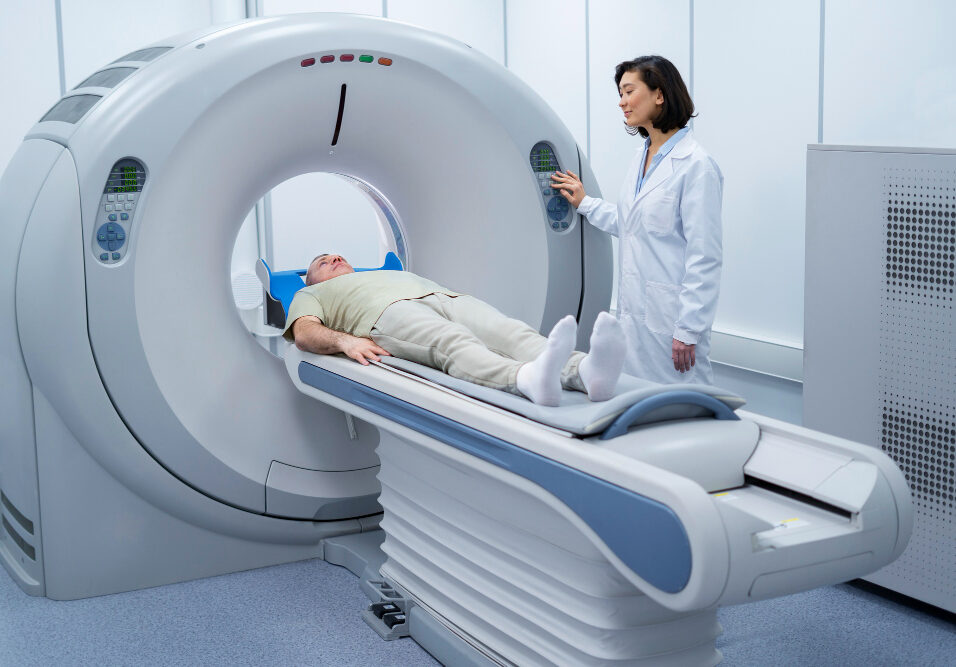Understanding Deep Brain Stimulation Surgery: A Comprehensive Guide?
Deep brain stimulation surgery is a cutting-edge procedure used to treat various neurological disorders that affect motor skills, such as Parkinson’s disease, essential tremor, and dystonia. It involves implanting a device that helps regulate brain activity. Check out this breakdown of what deep brain stimulation surgery involves, its benefits, and how it can improve the lives of those with movement disorders.
What is Deep Brain Stimulation Surgery?
Deep Brain Stimulation Surgery involves implanting electrodes in specific areas of the brain. These electrodes send electrical impulses to motor control areas, helping regulate abnormal brain activity. The process is minimally invasive and can offer lasting relief from symptoms that affect daily living. The procedure has become a promising option for patients whose conditions are no longer responsive to medications. Although the treatment does not cure the underlying disorder, it can significantly reduce symptoms like tremors and rigidity.
How Does Deep Brain Stimulation Surgery Work?
The procedure is carried out in two stages. First, the surgeon places small electrodes into specific brain parts that control movement, typically targeting regions like the subthalamic nucleus or globus pallidus internus. These areas are involved in regulating movement, and stimulating them can reduce tremors and improve motor control. In the second stage, a small pulse generator, similar to a pacemaker, is implanted under the skin near the collarbone. This device is connected to the electrodes in the brain through wires running beneath the skin. It sends electrical impulses to the brain to normalise irregular activity, which helps alleviate symptoms. One key feature of DBS is its adjustability. Doctors can modify the intensity and frequency of the electrical pulses, allowing for personalised treatment based on the patient’s needs.
Do you want to visit Char Dham? Char Dham Travel Agent is the best place to plan your Char Dham tour. You can book the tour from here.
Benefits of Deep Brain Stimulation Surgery
Deep brain stimulation surgery offers several significant benefits:
- Symptom Reduction: DBS can reduce symptoms such as tremors, stiffness, and slow movement, which greatly improves daily functioning.
- Lower Medication Dependence: Patients often find that they can reduce their reliance on medications, which can come with side effects.
- Reversible and Adjustable: Unlike other surgeries, DBS is a reversible treatment. If necessary, the device can be turned off, and its settings can be adjusted over time to optimize symptom control.
While deep brain stimulation surgery doesn’t offer a cure, it provides significant relief from symptoms and enhances the quality of life for many patients.
Are You a Candidate for Deep Brain Stimulation Surgery?
Not everyone is a candidate for deep brain stimulation surgery. Suitable candidates typically have Parkinson’s disease, essential tremor, or other movement disorders that have not responded well to medication. Doctors evaluate a patient’s overall health, symptoms’ severity, and medical history before recommending this treatment. A thorough assessment, including brain imaging and neurological tests, is essential to determine if DBS is the right choice. If medication isn’t enough to manage symptoms, DBS can be a valuable option to improve motor function and reduce disability.
Would you like to visit Indiar? A tour operator in India is the best place to plan your tour. You can book a tour from here.
What to Expect in a Deep Brain Stimulation Surgery?
The surgery has two main stages. In the first stage, the surgeon implants the electrodes in the brain, usually under local anaesthesia. The patient may be awake during this part of the procedure, which allows the surgical team to confirm the electrode placement by testing brain responses in real time. The second stage involves placing the pulse generator under the skin, typically near the collarbone. Patients usually recover quickly from the procedure and are monitored in the hospital for a few days before going home. Post-surgery adjustments to the device are common to fine-tune the settings for optimal symptom control.
Risks and Considerations
Like any surgery, deep brain stimulation surgery carries risks. Possible complications include infection, bleeding, and issues with the device itself. In some cases, the electrical impulses might cause side effects, such as mood changes, speech difficulties, or balance issues. These effects can often be managed with adjustments to the device. Patients need to carefully consider the potential risks and benefits of DBS and discuss them with their healthcare provider to make an informed decision.
Finding the Right Care for Deep Brain Stimulation Surgery
Many top medical centres around the world offer deep brain stimulation surgery. For those considering this treatment, choosing a facility with experience in functional neurosurgery is important. Advanced technology and a skilled surgical team are crucial to ensure the best possible outcome. A well-equipped hospital with expertise in DBS surgery can help ensure a smooth process and a successful recovery.
Would you like to visit Haridwar? Travel agents in Haridwar are the best place to plan your trip. You can book your tour right here.
Conclusion
Deep brain stimulation surgery has proven to be an effective treatment for people with movement disorders, offering significant relief from symptoms. While not a cure, it helps patients regain control of their lives by improving motor function and reducing dependence on medications. With proper evaluation and expert care, DBS can offer a life-changing solution for many individuals. Choosing the right healthcare provider with experience in DBS surgery is crucial for achieving the best results. Hospitals with specialised functional neurosurgery units can provide advanced care and tailored treatment plans for a successful outcome.






